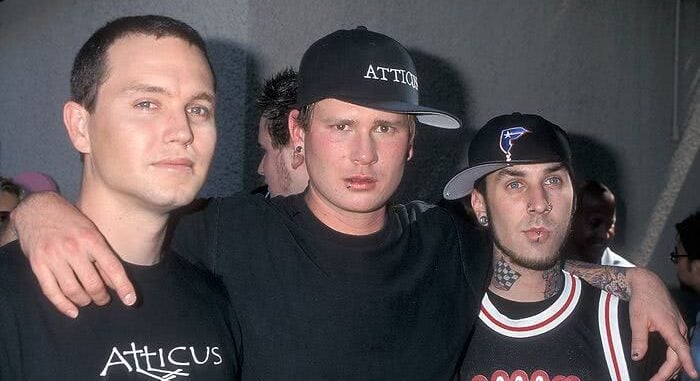Ever wondered why the bouncy pop punk reverberations of blink-182 just don’t seem to get old? Or why the distorted glory of Silverchair’s Frogstomp just continues to remain fresh?
Even though streaming has made new music more accessible than ever, we all tend to gravitate to the music that soundtracked our formative years. The songs that nursed you through your first high school crush or that amplified the summer break that saw never-ending nights and parties always seem to be the most salient and loveable.
Now, a study from The New York Times shows that the music you cherished in that time, in fact, does have the most power when in comes to shaping your lifelong tastes.
Seth Stephens-Davidowitz embarked on a study to find out why we continually turn to older, more familiar music despite the constant stream of new streams and releases. To gather some sure-fire info, he evaluated every Billboard chart-topping track released between 1960 and 2000, using data from Spotify, along with the ages of those songs’ biggest fans.
As revealed by the data, woman’s musical “tastes are formed between the ages of 11 and 14, while an average man’s music tastes are virtually cemented between the ages of 13 and 16”. It furthers states that exposure in individuals early 20s seem to be about as “half as influential” as exposure in our teens.
The info isn’t too shocking, but it seems to confirm that we do lock down our musical preferences in our teens. It also confirms
“Consider, for example, the song ‘Creep,’ by Radiohead,” says Stephens-Davidowitz’s “This is the 164th most popular song among men who are now 38 years old. But it is not in the top 300 for the cohort born 10 years earlier or 10 years later. Note that the men who most like ‘Creep’ now were roughly 14 when the song came out in 1993. In fact, this is a consistent pattern.”
Love Music?
Get your daily dose of metal, rock, indie, pop, and everything else in between.
So not only does the study confirm that the music we love in our teens remains the closest to hearts, but Radiohead is universally loved by dads – another unsurprising yet entertaining fact!


































